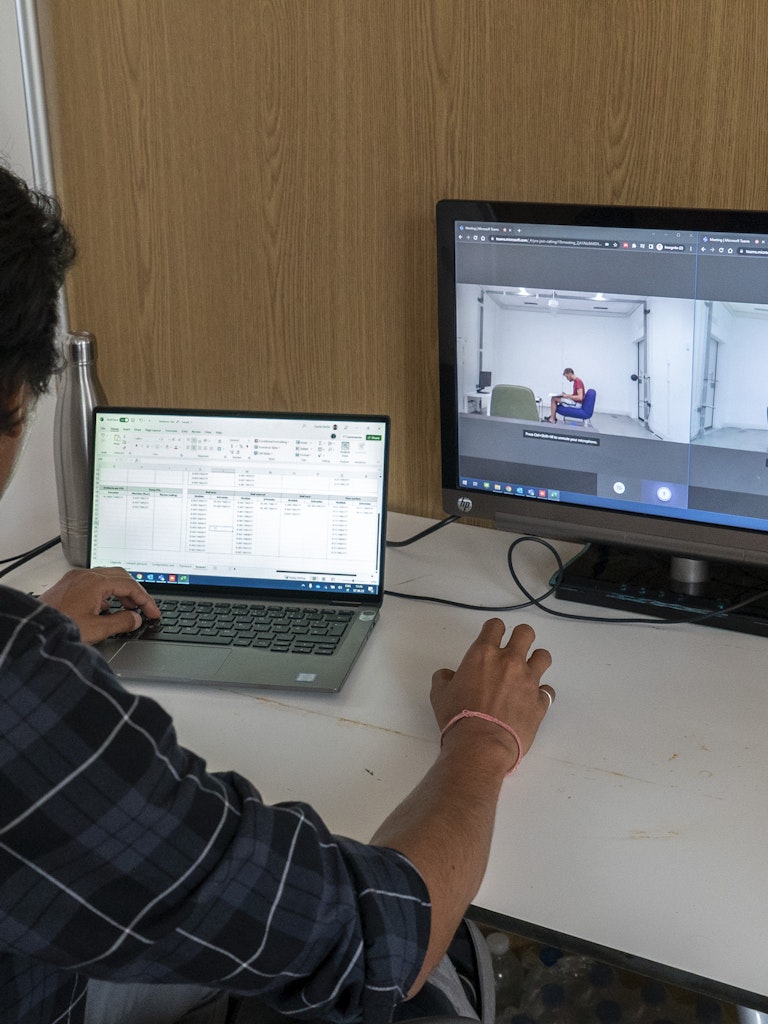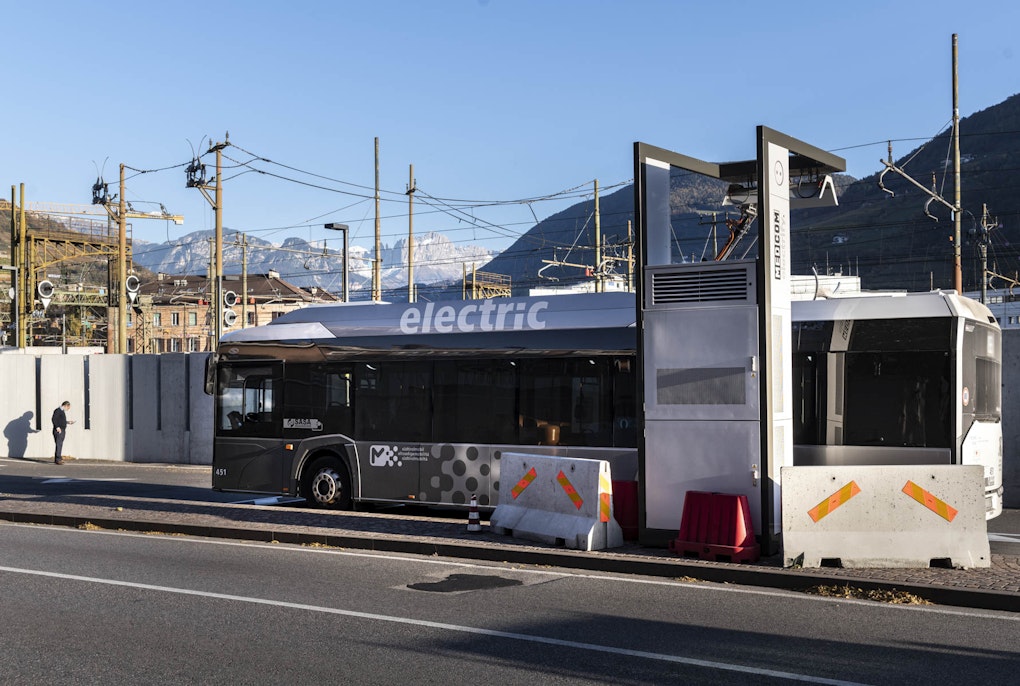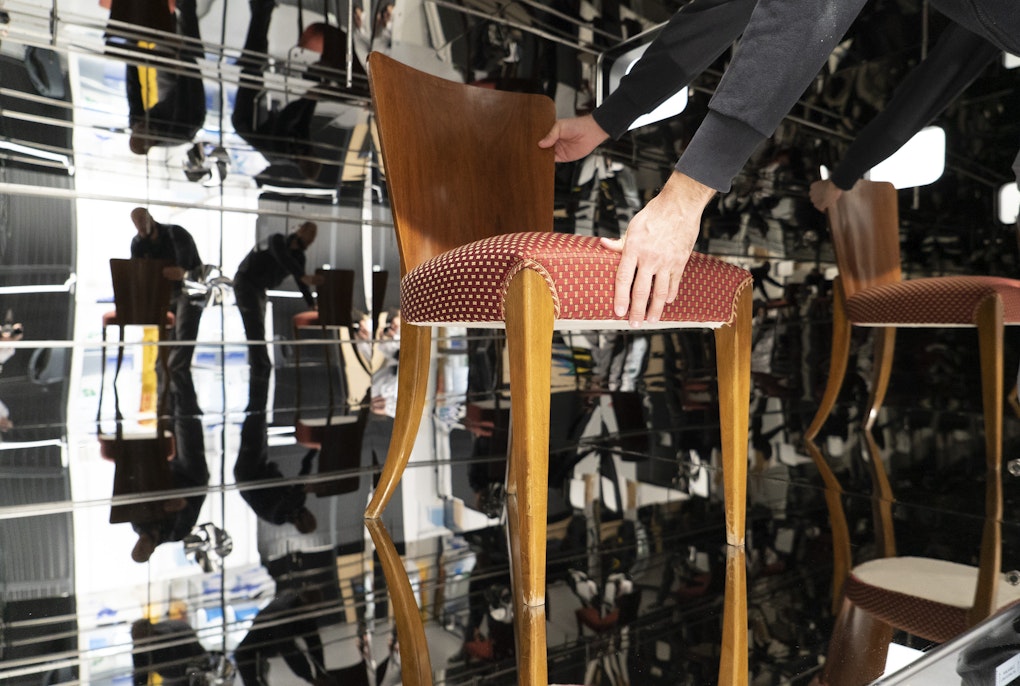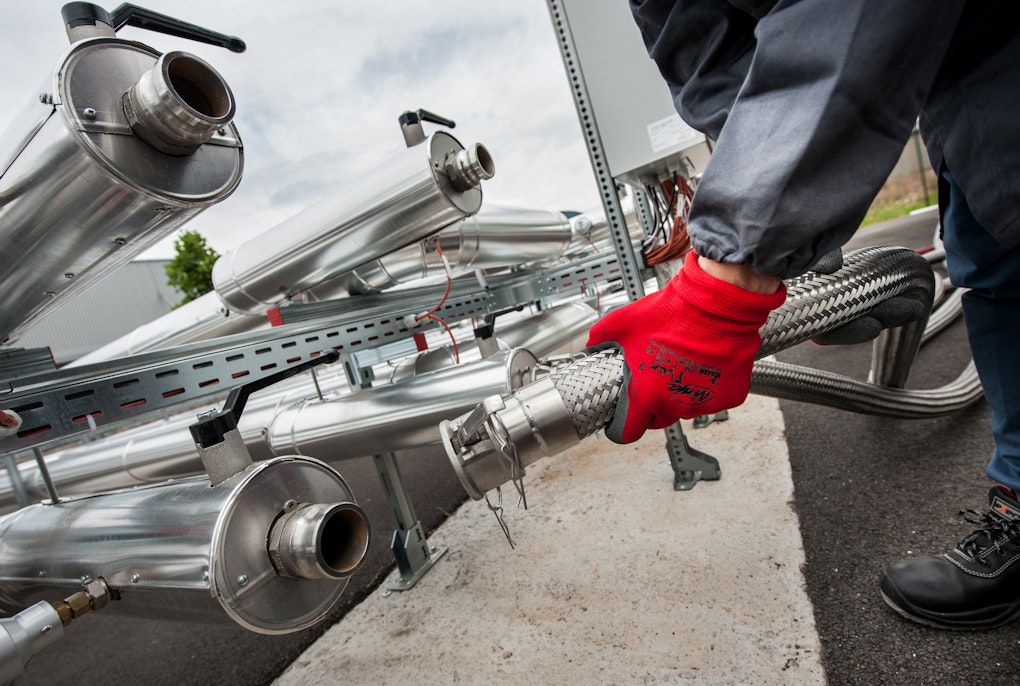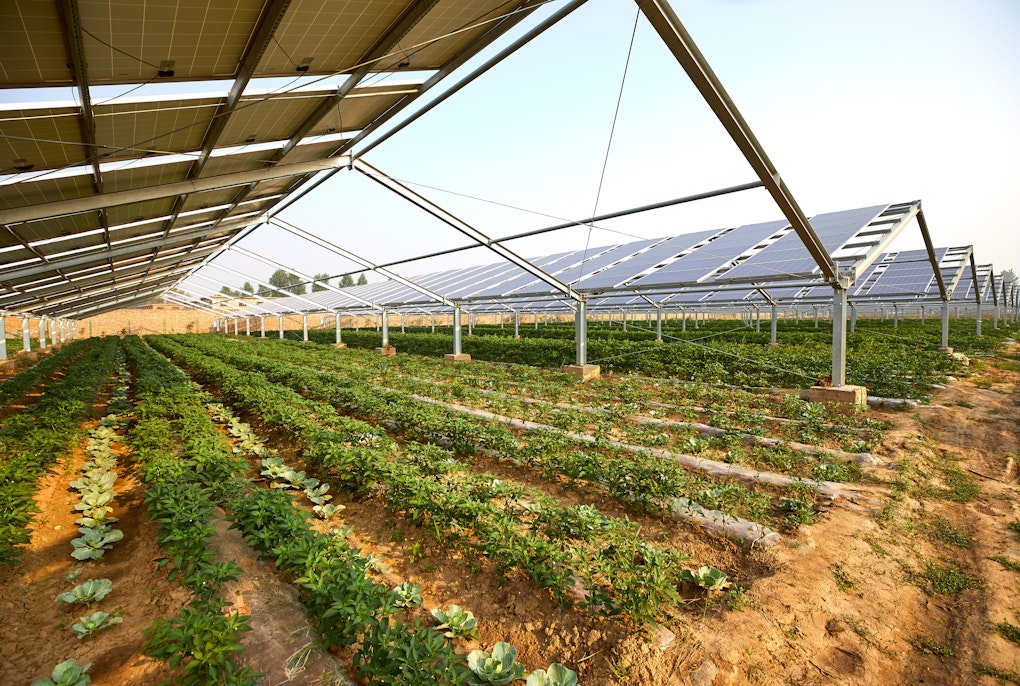magazine_ Article
A laboratory for testing comfort, with people inside
Initial experiments at the Façade System Interactions Lab
Two rooms where only the 30m² dimensions remain fixed provide the backdrop to our latest research into renewable energies. From offices to classrooms to apartments, the parameters of the spaces can be changed according to need - inside, people seem to be working or quietly relaxing and passing time. However, in reality the areas make up a high-tech laboratory where the most diverse housing technologies - from facades to heating and cooling systems - are tested. The idea is to evaluate building solutions while also considering the comfort perceived by those who use the building.
For some weeks now, upon entering the Façade System Interactions Lab - one of the latest laboratories built at the NOI Techpark by our Institute for Renewable Energy - you get the impression of being in a modern living room furnished with a table, a sofa, a television and ceiling fans. Inside, experiments are carried out to assess levels of perceived comfort in a warm environment in which comfort cooling is provided by ceiling fans used in different modes. The Façade System Interactions Lab was built primarily to test the correlations between façades and indoor environments under realistic conditions.
"Measurements on the thermal performance of building façades are often carried out using two climatic chambers: one simulates outdoor environmental conditions, the other indoor ones, and the façade is in between. This makes the test repeatable but does not fully capture the real conditions of use," explains Francesco Babich, engineer at Eurac Research. "In our Façade System Interactions Lab, on the other hand, on one side you have the real world – made up of variable atmospheric events, temperature, humidity and brightness – and on the other you have a controlled chamber that simulates a realistic indoor environment." The entire laboratory also rests on a mobile base that rotates 180 degrees, so as to simulate a building’s different exposures.
Back in the initial design phase of the Façade System Interactions Lab, it was already obvious that the potential of the laboratory was far greater than just for tests dedicated to envelopes and façades. By enlarging the laboratory to have two real-size 30m2-rooms , it became possible to accommodate people for several hours and thus assess another fundamental element for sustainable building solutions, namely the comfort of the people who spend time in these spaces.
Objective and subjective criteria for assessing comfort
The comfort and healthiness of an environment depend on a combination of certain physical parameters such as temperature, relative humidity, lighting, sound and noise, air contaminants, and the way these parameters are perceived. "There is an objective side that that is evaluated by physical measurements. However, there is also a subjective side of comfort that depends entirely on people's perception," explains Francesco Babich. "For example, if we analyze the air quality in a flat, we have to detect whether harmful substances are present or have an effect on people by reducing their ability to perform certain tasks. In addition to this, it is also necessary to assess the subjective perception of the person living in the flat. The same applies to thermal comfort: objective parameters are measured. But there are also subjective aspects must be taken into account.
 technical documentation
technical documentationThe Cultural-e project
If you want to build houses that consume less energy, or that even produce more energy than they consume, there are several factors to consider. You need to understand the technologies available on the market as well as their cost and accessibility and the environment and the climate of the construction area. Yet there is another aspect that is often overlooked, how do the people who use the building behave, what habits do they have and how do their cultural backgrounds impact the way they live ? The European research project Cultural-e, coordinated by the energy efficiency experts of Eurac Research, showcases the importance of how to facilitate the construction of so-called 'plus energy' multi-residential buildings - buildings that guarantee optimal indoor environmental conditions by producing more energy than they consume. The aim is to provide user friendly environments that are equally accessible to users by taking into consideration individual’s backgrounds and social and cultural contexts.
Within the Façade System Interactions Lab, very realistic living or working environments are recreated such as an office with underfloor heating, a flat with radiators and a classic boiler or even a waiting room with ceiling fans.
In these environments different types of building technologies can be tested such as heating and cooling systems – radiators, heat pumps, splits, floor systems and fans in addition to shading solutions such as blinds and shutters. Other structural innovations can also be simulated to artificially modify the conditions of the internal climatic chamber: for example, one can understand how energy performance and the perception of comfort can change in the same flat, which in a few minutes can be made to go from having a thermal insulation coat to not having one.
How to take a test for comfort, in a laboratory
Comfort tests can last from less than an hour up to half a day, and either a single person or group can participate in the experiments. During the test in the laboratory, participants complete questionnaires to express their subjective perception of comfort.
In addition to real people, two special dummies can also be used in the laboratory to measure thermal and acoustic parameters. "The dummies help us to make objective and repeatable evaluations," explains Francesco Babich, "one of these dummies enables us to assess the sound environment. The other has its body divided into several independent thermal zones to help us to understand what the interaction between the body and the surrounding thermal environment ". By integrating objective data with questionnaire analyses, we can gain a clearer picture of the comfort perceived by the users of a building.
The Façade System Interactions Lab is quite unique,' explains Roberto Lollini, head of the research group on energy efficiency in buildings and one of the creators of the infrastructure. "At the European level, it is the only lab of its kind that brings together several features: the possibility of testing façades and technologies inside buildings, combined with the evaluation of comfort. Something similar can also be found in Berkeley, California. " The laboratory can be used by research institutions as well as private companies that need to test prototypes and optimize their products. Other users are designers, for example those who have to build the offices of a large company have the possibility of effectively evaluating different combinations of solutions and technologies in one place. Finally, in these labs it is also possible to test monitoring systems for monitoring energy performance and comfort, such as air quality control systems.
Façade System Interactions Lab
Eurac Research's "Façade System Interactions Lab" was developed to evaluate the interaction between the elements that make up a building - envelope systems and components, ventilation, heating, and cooling systems - and the indoor environment. The laboratory is capable of verifying the energy performance and quality of the indoor environment determined by façade systems with different system configurations - under realistic operating conditions. The infrastructure consists of a small building and makes it possible to study the influence of these systems on perceived and measured comfort at full-scale.
